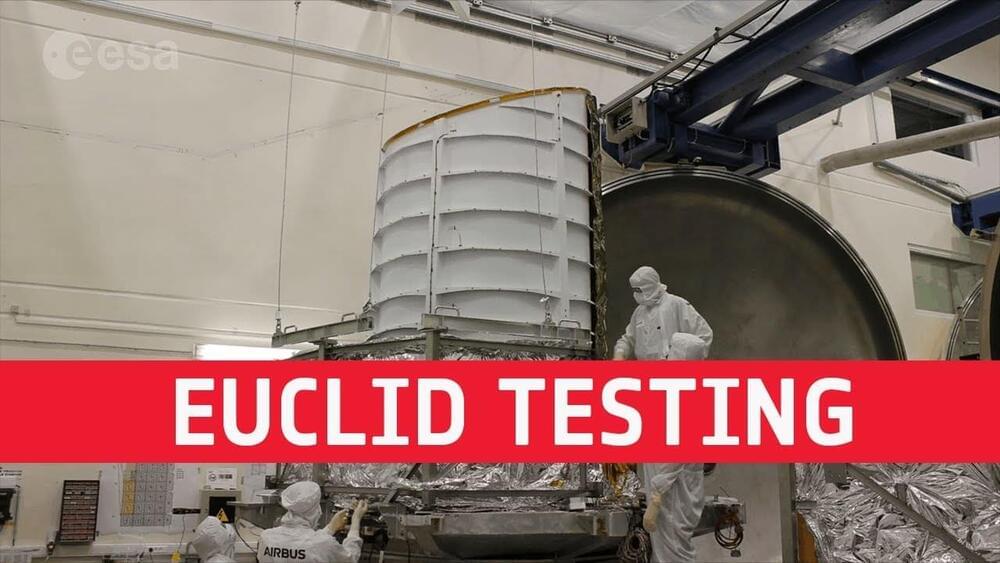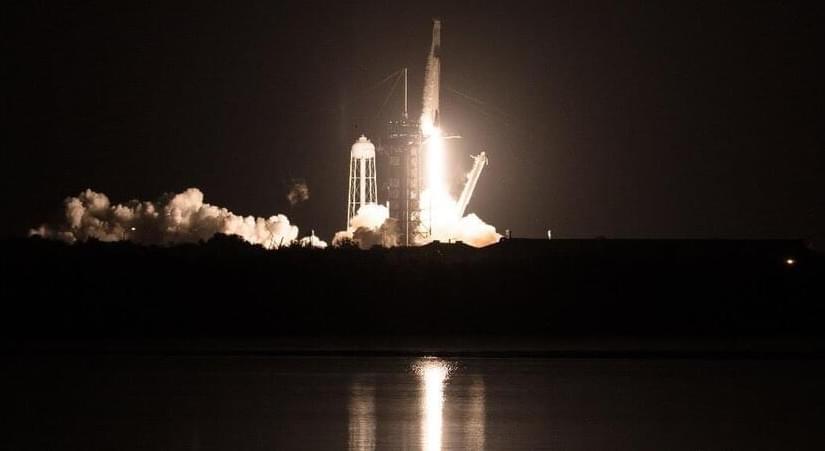Oct 1, 2021
The $14 trillion reason you should care about the shipping container shortage
Posted by Genevieve Klien in category: futurism
Some 90% of the world’s goods are transported by sea, which makes the current shortage a real problem.
Some 90% of the world’s goods are transported by sea, which makes the current shortage a real problem.
In the 2030’s, gravitational-wave detectors will be thousands of times more sensitive than Advanced LIGO
The Laser Interferometer Gravitational-Wave Observatory (LIGO) is a large-scale physics experiment and observatory supported by the National Science Foundation and operated by Caltech and MIT. It’s designed to detect cosmic gravitational waves and to develop gravitational-wave observations as an astronomical tool. It’s multi-kilometer-scale gravitational wave detectors use laser interferometry to measure the minute ripples in space-time caused by passing gravitational waves. It consists of two widely separated interferometers within the United States—one in Hanford, Washington and the other in Livingston, Louisiana.

ESA’s Euclid mission has reached a new milestone in its development with successful testing of the telescope and instruments showing that it can operate and achieve the required performance in the extreme environment of space.
Euclid will study dark energy and dark matter. Whilst these cannot be seen directly by any telescope, their presence and influence can be inferred by observing the large scale distribution of galaxies in the universe.
Continue reading “Euclid telescope ready for extreme space environment” »

SpaceX’s first all-civilian mission to orbit was a success. Now it’s time for the sequel.
The SpaceX Crew-3 mission will launch no earlier than 2:43 a.m. Eastern time on Saturday, October 30. It will take off using a Falcon 9 rocket.
“The Foundation has created a unique and transparent mechanism for boosting early longevity research worldwide and ensuring mass public participation in decision making,” said Alex Zhavoronkov, Visionary Board member and an expert in AI-powered drug discovery. “This approach finally allows us to speak about getting closer to the idea of mass adoption of longevity ideas and treatments.”
“Age is the greatest risk factor for nearly every major cause of death and disability in developed nations. Therapeutically targeting biological aging is key to fulfilling the promise of 21st century medicine, and the Foundation is poised to play a central role in making this a reality,” said Matt Kaeberlein, CEO of the American Aging Association and Professor at the University of Washington, where he leads several major initiatives.
“In five years, healthy longevity will not only exist as a lab-proven concept, but will become part of everyone’s life,” said Andrea Maier, Visionary Board member and co-director of the Centre for Healthy Longevity at the National University of Singapore.
Waymo, Alphabet Inc.’s autonomous driving company, is vague on exactly when semis controlled by its technology will be hauling cargo, without drivers, across the U.S. but has a detailed list of challenges to be mastered first, ranging from rough winds and slick roads, stray pedestrians on the highway and figuring out how robot trucks can deploy safety flares when they have to pull over.
Full Story:
While the idea of the automobile was invented in the late 1800s in Germany and France, the true commercial revolution of the industry occurred in the 1920s in the U.S. There were 40+ years of experimentation between 1,880 and 1,920 with different form factors such as steering sticks, drive systems, and even names (like the Stanley Steamer). Brands and technologies were secondary until the true mass production of one common form, and with that development in the 1920s came the exceptional volumes and growth rates that led to the tripling of registered drivers in the U.S. between 1920 and 1930.
Full Story:
According to 2020’s McKinsey Global Survey on artificial intelligence (AI), in 2,020 more than 50% of companies have adopted AI in at least one business unit or function, so we witness the emergence of new AI trends. Organizations apply AI tools to generate more value, increase revenue and customer loyalty. AI leading companies invest at least 20% of their earnings before interest and taxes (EBIT) in AI. This figure may increase as COVID-19 is accelerating digitization. Lockdowns resulted in a massive surge of online activity and an intensive AI adoption in business, education, administration, social interaction, etc.
Full Story:
DNA extracted from ancient Egyptian mummies is offering an intriguing glimpse at what three men might’ve looked like when they hung out in the Fertile Crescent more than 2,000 years ago.
The genetic sleuthing led to highly detailed 3D constructions of a trio from an ancient Nile community known as the Abusir el-Meleq who are estimated to have lived between 2,023 and 2,797 years ago.
The images result from DNA phenotyping, which predicts a person’s physical characteristics based on genetic data. The re-creations mark the first time comprehensive DNA phenotyping has been performed on human DNA this old, according to Virginia-based Parabon NanoLabs, the company behind the images. Parabon typically taps DNA phenotyping to help solve criminal cases.
When Nicole Oliveira was just learning to walk, she would throw up her arms to reach for the stars in the sky.
Today, at just eight years of age, the Brazilian girl is known as the world’s youngest astronomer, looking for asteroids as part of a NASA-affiliated program, attending international seminars and meeting with her country’s top space and science figures.
In Oliveira’s room, filled with posters of the Solar System, miniature rockets and Star Wars figures, Nicolinha, as she is affectionately known, works on her computer studying images of the sky on two large screens.
